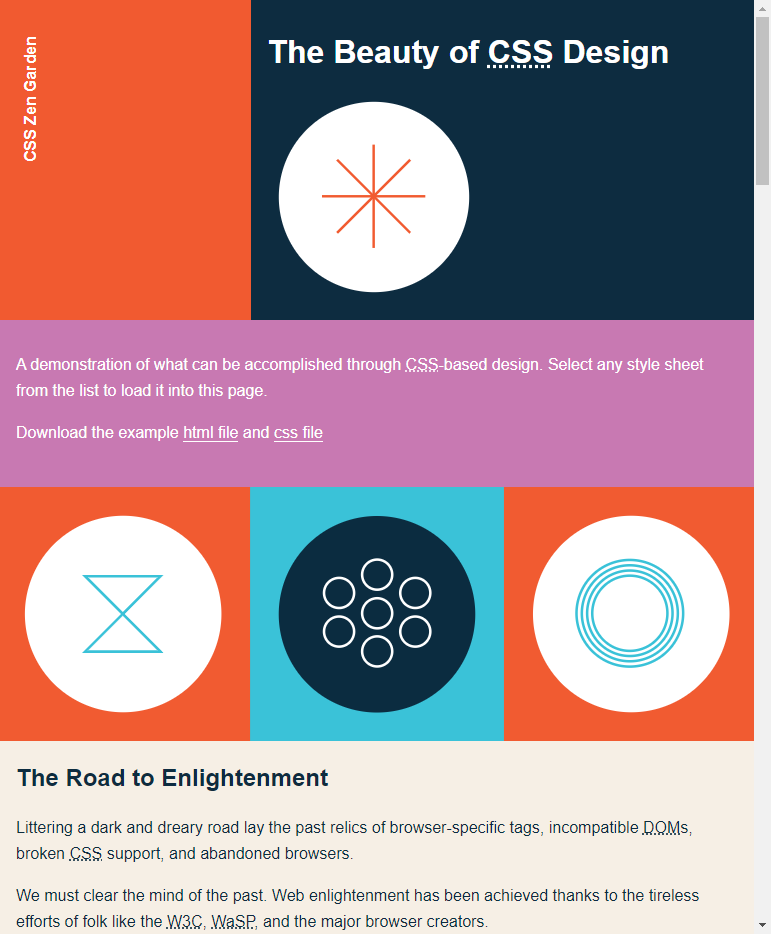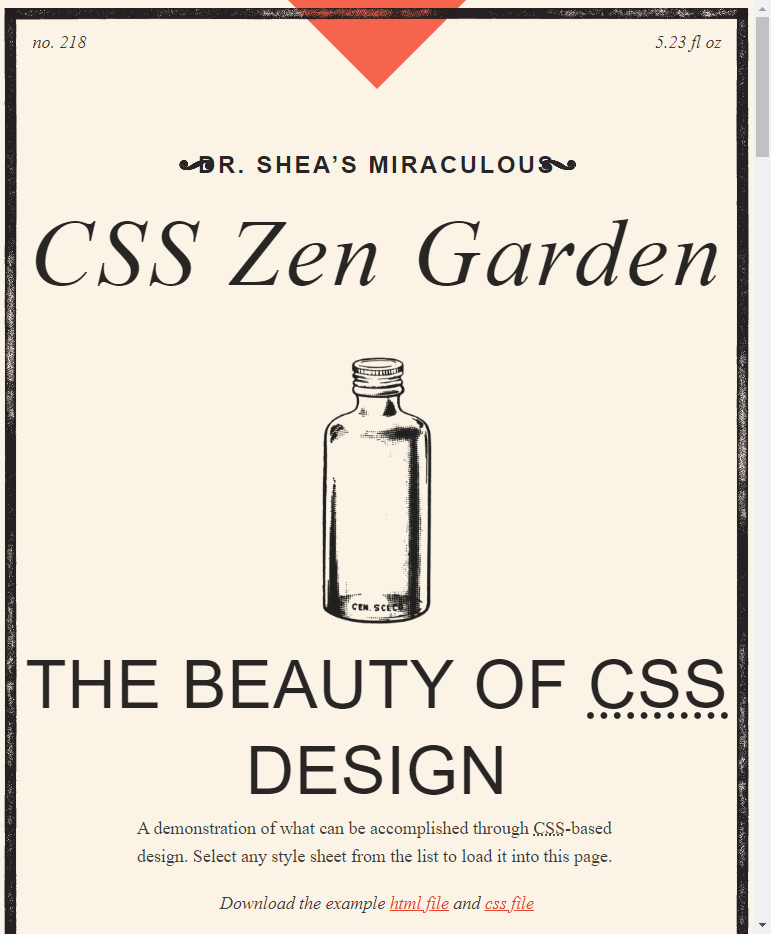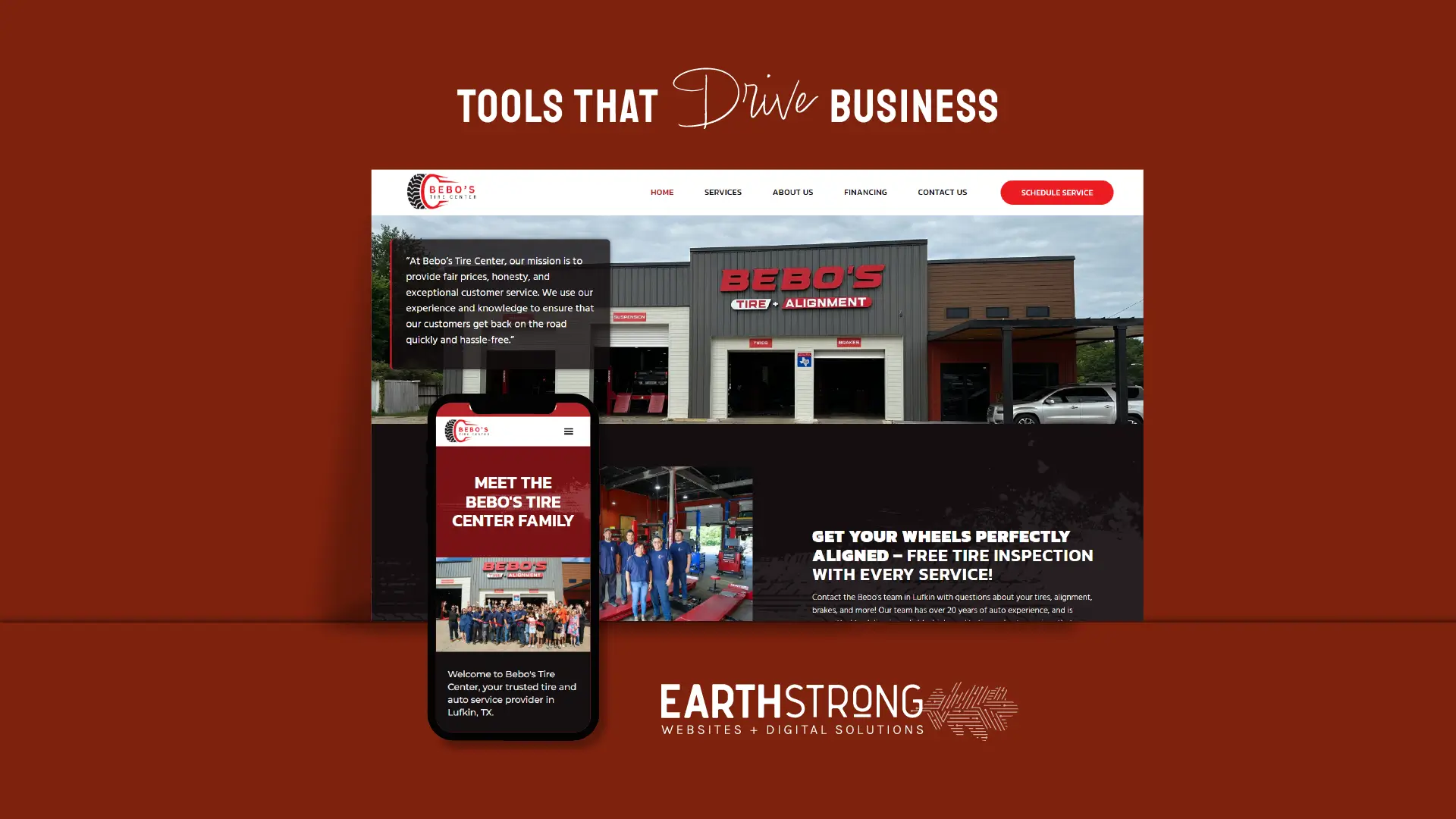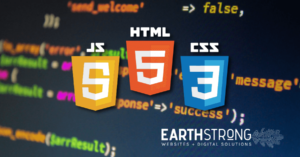Web standards are blueprints –or building blocks– of a consistent and harmonious digitally connected world. The World Wide Web Consortium (W3C) publishes Web Standards to guide designers and developers in how to use web technologies and languages to create a more consistent and connected web experience for all. These technologies, and their guiding standards, are implemented in browsers, blogs, search engines, and other software that power our experience on the web.
In the world of web development, three fundamental technologies reign supreme: HTML, CSS, and JavaScript. These web languages form the backbone of virtually every website and web application, shaping the digital landscape we interact with daily. Let’s delve into each of these components and explore how they work together to create compelling online experiences.
What is HTML, CSS, and JavaScript?
HTML defines web content.
HTML (HyperText Markup Language) serves as the foundation of web pages, providing the structure and content. It consists of a series of elements, such as headings, paragraphs, images, and links, organized within tags. HTML defines the layout and hierarchy of information on a webpage, forming the structural backbone that CSS and JavaScript build upon.
CSS styles the content.
CSS (Cascading Style Sheets) is responsible for styling and presentation, allowing developers to control the appearance of HTML elements. With CSS, designers can specify properties like colors, fonts, layout, and animations to enhance the visual appeal and user experience of a website. CSS operates by targeting HTML elements and applying styling rules defined in style sheets.
To see how powerful CSS is in web design, check out the projects featured on CSS Zen Garden. This project is something of a right of passage for web designers: using the exact same HTML file (content), designers adjust only the CSS to achieve extremely different looks. Here are a few of our favorite designs:
JavaScript gives the content functionality.
JavaScript is a dynamic programming language that adds interactivity and behavior to web pages. It enables developers to create interactive features such as dynamic content updates, form validation, animations, and event handling. JavaScript interacts with HTML and CSS, manipulating the DOM (Document Object Model) to dynamically modify webpage content and respond to user actions.
Can you use HTML, CSS, and JavaScript together?
Absolutely! In fact, HTML, CSS, and JavaScript often work together seamlessly to create cohesive web experiences. HTML provides the structure and content of a webpage, CSS styles the elements to enhance their appearance, and JavaScript adds interactive functionality to engage users. By combining these technologies, developers can craft dynamic, visually appealing websites that offer engaging user experiences.
Why Separate HTML, CSS, and JavaScript?
You can accomplish content, styling and layout simply using plain old HTML— defining font elements for style and HTML tables for layout, so why bother with this HTML/CSS stuff?
In the “bad old days” of web design, tables were used for content layout, and there are people (who don’t know any better) who still do it like this. This is bad practice because tables aren’t responsive — but we’ll dive further into responsive web design in a different article. Here are the most compelling reasons for using CSS and HTML using modern methods, rather than using outdated methods:
- Efficiency of code: The larger your files are, the longer they take to load, and this can actually cost some site users money (most people using mobile devices pay for downloads by the megabyte.) There is also a cost to long loading times in that the website will likely have a high bounce rate- so less people will stick around to actually interact with your site. Best practice: don’t waste bandwidth on large pages cluttered up with styling and layout information in every HTML file. A much better alternative is to make the HTML files stripped down and neat, and reference the styling and layout information just once in separate CSS file(s).
- Ease of maintenance: If your styling and layout information is contained in one place, it means you only have to make updates in one place to change your site’s appearance. Check out our article about Modularization in Web Development to learn more about the benefits of referencing external code throughout an application.
- Accessibility: Web users who are visually impaired can use a piece of software known as a “screen reader” to access the information through sound rather than sight — it literally reads the page out to them. Web documents marked up semantically can be easier to navigate and the information in them is more likely to be found by the user. Screen readers can’t access text locked away in images, and find some uses of JavaScript confusing. Make sure that your critical content is accessible to everyone.
- Cross-Device Compatibility: Because an HTML page is plain markup with no style information, it can be reformatted for devices with different screen sizes by simply applying an alternative style sheet — this can be done in a few different ways. CSS also natively allows you to specify different style sheets for different presentation methods/media types (e.g. viewing on the screen, printing out, viewing on a mobile device.)
- Search Engines / Web Crawlers: You will most likely want your pages to be easy to find by searching on Google, or other search engines. A search engine uses a “crawler”, which is a specialized piece of software, to read through your pages. If that crawler has trouble finding the content of your pages, or misinterprets what’s important because you haven’t defined headings as headings and so on, then chances are your ranking in search results will suffer.
Do you put JavaScript in HTML or CSS?
While HTML and CSS primarily focus on structure and presentation, respectively, JavaScript is typically included directly within HTML or referenced externally in separate script files. JavaScript code can be embedded within <script> tags within an HTML document’s <head> or <body> section, allowing it to interact with and manipulate the webpage’s content and structure. Alternatively, JavaScript files can be linked externally using the <script src="filename.js"></script> tag, promoting code organization and reusability.
How to make a website using HTML, CSS, and JavaScript?
Creating a website using HTML, CSS, and JavaScript involves several steps:
- Plan and Design: Define the website’s purpose, target audience, and content structure. Create wireframes or mockups to visualize the layout and design.
- Write HTML: Use HTML to structure the webpage’s content by incorporating elements such as headings, paragraphs, images, and links. Organize the content into a logical hierarchy to ensure clarity and accessibility.
- Style with CSS: Apply CSS to enhance the visual appearance of HTML elements. Define styling rules to specify properties like colors, fonts, margins, and layout. Use CSS to create a cohesive design that aligns with the website’s branding and aesthetics.
- Add Interactivity with JavaScript: Incorporate JavaScript to introduce dynamic functionality and interactivity. Use JavaScript to handle user interactions, validate forms, perform calculations, and update content dynamically. Utilize event listeners and DOM manipulation techniques to respond to user actions and enhance the user experience.
- Optimize and Test: Optimize the website’s performance by minimizing file sizes, optimizing images, and improving code efficiency. Test the website across different devices and browsers to ensure compatibility and responsiveness. Address any issues or bugs discovered during testing to deliver a seamless user experience.
By following these steps and harnessing the power of HTML, CSS, and JavaScript, developers can create captivating websites that not only inform and move audiences – but that perform well thanks to the Web Standards model.
Ready to elevate your online presence and build a website that surpasses industry standards in HTML, CSS, and JavaScript? Look no further than EarthStrong Digital. Our team of experts specialize in crafting high-performance websites that not only adhere to web standards but also exceed expectations.
Whether you’re launching a new site or seeking to enhance an existing one, we’ll work closely with you to implement best practices and innovative solutions that ensure your website stands out in today’s competitive digital landscape. Connect with EarthStrong Digital today to schedule a consultation and take the first step towards building a better website that leaves a lasting impression on your audience.









